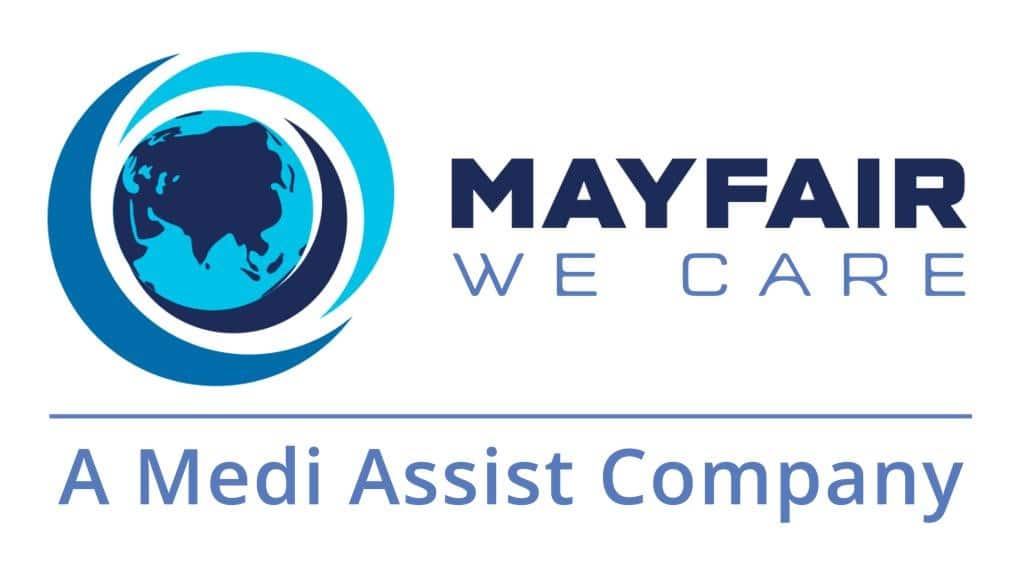As a parent, navigating your child’s illness can be a challenging time, with their safety and well-being taking priority. The decision between seeking care at the emergency department (A&E) or consulting their primary care doctor can be confusing. Here are some general tips to help guide you through this decision-making process.
When to go to Emergency (A&E)
- Newborns and infants under two months with a fever of 38° C (100.4° F) or higher
- Severe chest pain
- Trouble breathing and severe asthma attacks
- Coughing or throwing up blood
- Severe dehydration (child is lethargic, has dry lips or mouth, less frequent urination, sunken soft spot or sunken eyes)
- Serious allergic reactions (swelling, trouble breathing)
- Injuries such as large and complex cuts or wounds, open or severe bone fractures, ingesting poison, serious burns
- Sudden neurologic concerns such as changes in mental status (child is hard to wake up or is confused when you wake them up), seizures, high fevers with headache and a stiff neck, sudden changes in the ability to speak, see, walk or move
- Safety concerns and thoughts of harming themselves or others
If your child’s injury or illness is serious or worsening, do not delay seeking care at the Emergency department.
Below are instances where your child needs immediate medical attention by calling 995 for SCDF Emergency Medical Service:
- Choking, not breathing or struggling to breath
- Has injury to the neck or spine
- Has bleeding that cannot be stopped
- Child is turning blue, purple, grey, pale, clammy, or becoming unconscious or unresponsive
When to Consult a Primary Care Doctor or Paediatrician
If it’s not an emergency, reaching out to a paediatrician is the most effective approach to address a variety of medical concerns about your child such as:
- A fever over 38° C (100.4° F) in an infant ( 2 months and older) or older children without a clear reason for the fever
- A fever lasting more than 3 days
- Injury such as sprains, strains or swelling
- Minor cuts and burns
- Mild allergic reactions such as localised rashes or itching
- Respiratory illnesses such as coughs, colds, croup, bronchiolitis
- Sore throats
- Pink eyes
- Earaches
- Diarrhoea, nausea or vomiting, mild abdominal pain
- Urinary symptoms
- Skin problems and rashes
In summary, deciding where to take your child for medical care, you need to consider the severity of symptoms and the urgency of intervention. Primary care and paediatrician offices typically handle common childhood illnesses. Your child’s regular paediatrician is well-equipped to provide care, considering their familiarity with your child’s medical history. They can also offer continuous care and treatment for chronic conditions.
Trust your parental instincts and if unsure about the need for emergency care, it’s wise to seek medical advice promptly to err on the side of caution.
This post is written by Dr Bernadeta Wibisono, she is based at IMC Children’s.




































